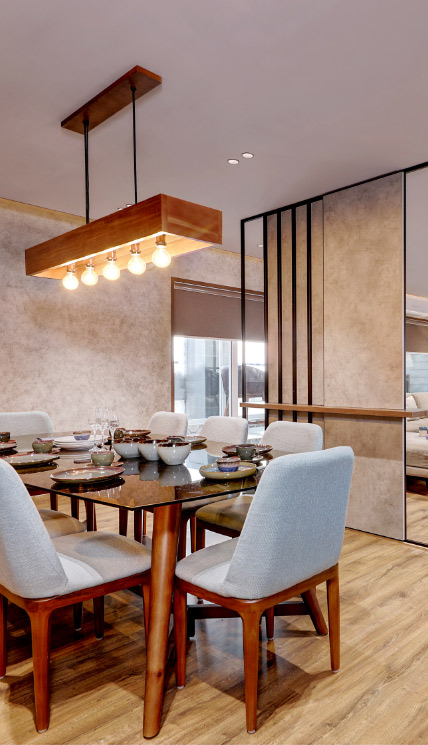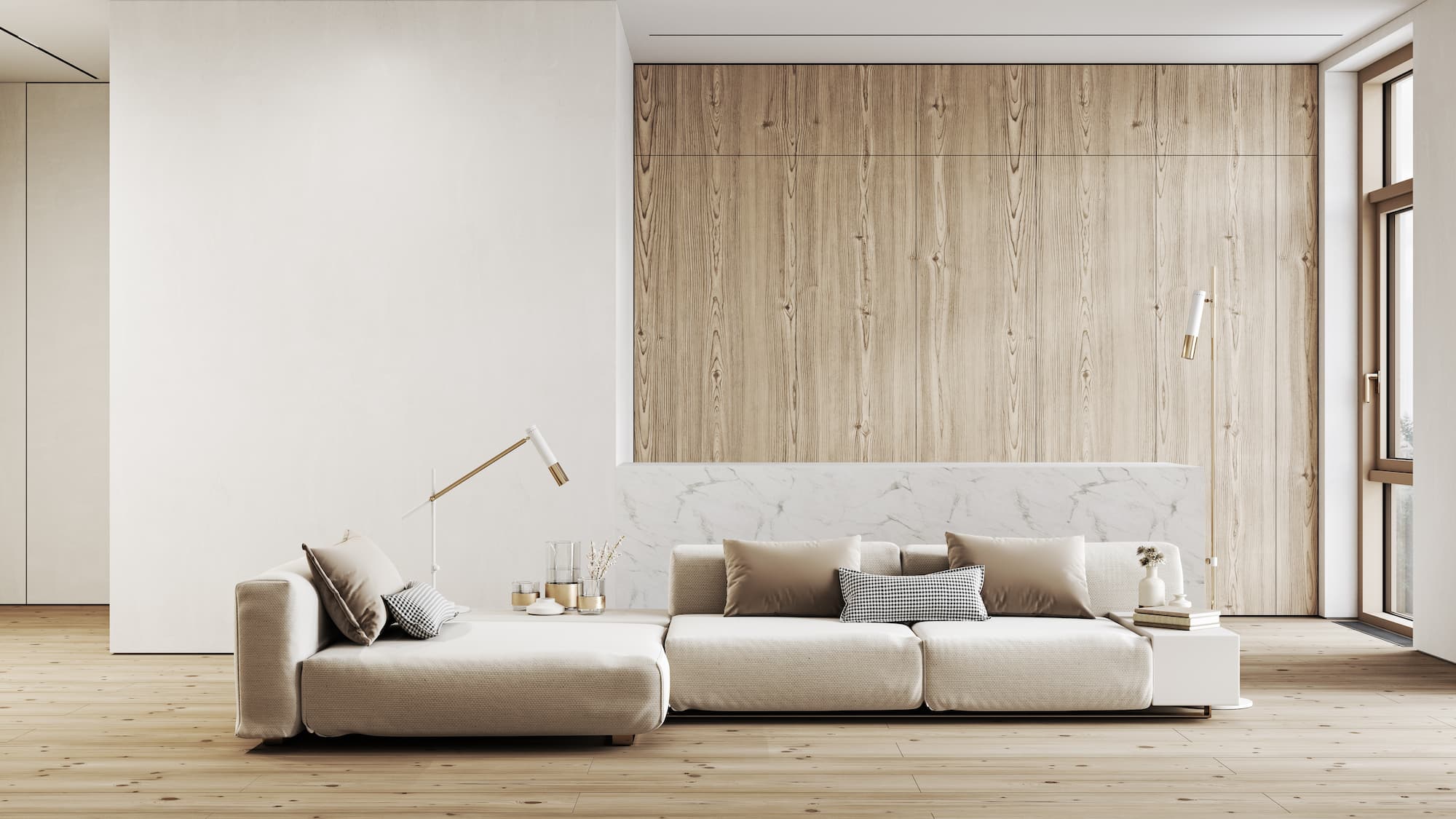Transform Your Home With Essential Concepts of Interior Decoration and Visual Appeals
The art of changing your home via the crucial concepts of interior layout and appearance calls for a thoughtful technique that integrates shade, equilibrium, and spatial understanding. By understanding the influence of shade theory and the importance of appearance and patterns, one can develop spaces that are not only visually appealing but also deeply personal. Accomplishing this equilibrium involves even more than plain decoration; it includes a calculated plan and a keen understanding of how each aspect engages within an area. As we check out these foundational principles, take into consideration just how they could redefine your understanding of home and individual expression.
Recognizing Color Concept
Shade theory is a fundamental aspect of interior decoration that dramatically affects mood, understanding, and general visual. Understanding the principles of color theory allows designers to develop areas that resonate emotionally with owners while meeting practical needs (interior design firms). Shades can be classified into three primary kinds: primary, secondary, and tertiary. Each classification plays a critical duty in developing harmony within an area.
The mental impact of shades is profound; cozy hues such as reds and oranges stimulate power and warmth, while great tones like blues and eco-friendlies advertise calmness and peace. The usage of corresponding shades boosts visual interest, creating striking contrasts that can elevate an area's allure.
Neutral colors, on the various other hand, function as a versatile backdrop, permitting various other design aspects to radiate. It is important to think about factors such as lighting and the room's objective when selecting a color scheme, as these can modify the assumption of colors throughout the day.
Eventually, a well-considered color pattern can change a room, cultivating a feeling of comfort and design that aligns with the residents' choices. Mastery of shade concept is, as a result, an essential ability for any interior designer intending to produce harmonious and welcoming environments.
Achieving Balance in Style
How can designers achieve a sense of equilibrium in their spaces? Achieving equilibrium in layout is basic to developing harmonious interiors.
Asymmetrical balance, on the other hand, relies upon varying aspects that still accomplish a natural look. This method permits for more vibrant and casual plans, giving passion while keeping balance. By thoroughly picking varying dimensions, colors, and structures, developers can produce a visually engaging room that really feels well balanced yet energised.
Radial balance emphasizes a main prime focus with elements radiating outward. This style is typically seen in circular layouts, where furnishings and style produce a cohesive surround that draws the eye internal.
Inevitably, attaining balance requires thoughtful consideration of scale, proportion, and the relationships between aspects. miami interior design. By masterfully using these equilibrium concepts, designers can transform areas into atmospheres that really feel both cosmetically pleasing and functionally unified, improving the general experience for owners
Importance of Spatial Recognition

An eager feeling of spatial recognition allows developers to recognize focal factors within a room, guiding the audience's attention to essential functions while preserving an overall feeling of unity. It additionally helps in the calculated placement of lighting, which can considerably influence the understanding of area and state of mind. Comprehending spatial relationships enables the designer to provide to the details needs of inhabitants, making certain that each location serves its designated objective without jeopardizing looks.
Ultimately, spatial awareness is crucial for optimizing the potential of any indoor space. By meticulously thinking about the interaction in between measurements, design, and function, developers can produce environments that not just meet useful needs yet additionally stimulate a feeling of comfort and elegance, boosting the total living experience.
Incorporating Structure and Patterns
Accepting a diverse variety of structures and patterns can substantially enhance the aesthetic and responsive charm of an indoor space. The calculated usage of different materials-- such as timber, steel, material, and stone-- creates depth and interest, making a room really feel much more inviting and dynamic. Incorporating smooth surface areas with harsh appearances can develop an equilibrium that attracts the eye and engages the senses.
When incorporating patterns, think about both scale and repeating. Big patterns can act as focal points, while smaller sized, refined styles can complement other aspects without overwhelming the area. Layering patterns, such as pairing floral cushions with candy striped tosses, includes complexity and a sense of harmony if performed attentively.
It is additionally important to maintain a natural shade combination, ensuring that appearances and patterns function together instead of contend for focus. By choosing a few essential appearances and patterns, you can produce a merged visual that reflects your personal design while enhancing the total setting of the room. Inevitably, the cautious incorporation of these elements can change an ordinary area right into a sophisticated setting rich with personality and heat.
Personalizing Your Space
Creating an area that shows your individuality is crucial to achieving click for more info an absolutely welcoming atmosphere. Customization in interior design permits you to instill your unique style and rate of interests into your home, changing it from a mere sanctuary into a shelter that speaks with who you are. Begin by selecting a color Recommended Reading scheme that reverberates with your emotions-- bold shades can energize, while soft tones provide peace.
Integrate art work and decoration that show your enthusiasms, whether it be traveling, nature, or abstract ideas. Showing individual collections, such as publications, photos, or keepsakes, can stimulate treasured memories and develop focal factors within an area. Additionally, think about customizing functional items, like upholstered furniture, to line up with your visual choices.

Conclusion
Finally, the makeover of a home via the essential concepts of interior style and looks necessitates a comprehensive understanding of shade theory, equilibrium, spatial awareness, texture, and personalization. Each component contributes substantially to developing a harmonious and practical living atmosphere - miami interior design. By thoughtfully incorporating these principles, people can improve the visual charm and emotional resonance of their areas, inevitably cultivating a home that shows special identities while giving comfort and usefulness